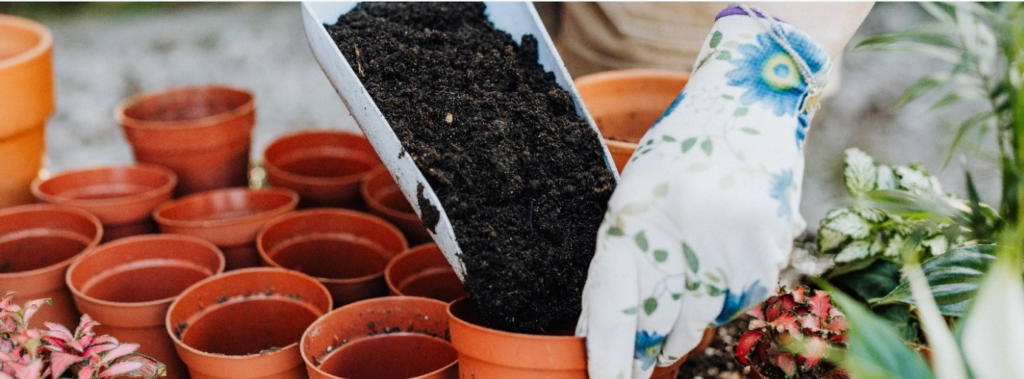Neutralized peat

Made from high-moor sphagnum peat with a low degree of decomposition with the addition of limestone flour to neutralize high acidity.
Area of application:
Neutralized peat is used:
- As an independent soil for growing vegetable, fruit and flower crops, trees and shrubs that prefer fertile soils with neutral acidity. As the plants grow and develop, mineral supplements are added.
- As an additive to improve the composition, structure and fertility of the soil.
- As a basis for preparing substrates for greenhouses, low-volume technologies, composts, etc.
- Mulching the soil to control weeds and protect the root system of plants from frost.
- Ideal material for creating and repairing lawns.
Soil composition:
- Mixture of peats of varying degrees of decomposition
- Limestone flour;
- Acidity: pH 5.5-6.5;
- Humidity: 55-65%;
- Fraction: 0-10 or 0-20mm
Limestone flour
This substance of mineral origin, obtained by crushing the mineral, dolomite. It is used to fertilize, loosen the soil, and helps normalize soil acidity.
Characteristics of neutralized peat:
- Neutralized peat has a porous structure that allows moisture to freely penetrate, as well as the necessary amount of oxygen to the roots of plants, delivering the nutritional components they need in the form most suitable for them.
- Thanks to humic acids contained in large quantities in peat, the growth and development of almost any plant is significantly accelerated.
- Neutralized peat has a long service life, since complete biological decomposition occurs quite slowly.
- Neutralized peat significantly improves the quality characteristics of sandy and clay soil, making its structure lighter and more airy, while preventing further shrinkage.
Recommendations for use:
- Used for preparing nutrient substratesby adding complex mineral fertilizer at the rate of 10–20 g (1-2 tablespoons) per 10 liters of peat. After mixing, the mixture must be moistened before sowing.
- For growing seedlings Pour fluffed peat into pots, containers, cassettes. Then carefully spread the seeds at a distance of 1.5-2 cm. After this, sprinkle with a layer of peat, lightly compact with your palm and spray the ground with a spray bottle. Cover the top with polyethylene or glass until shoots emerge.
- For the garden and vegetable garden. Distribute the neutralized peat substrate over the surface of the earth at the rate of 60 liters per square meter. m. For soils previously fertilized in this way, add no more than 30 liters of peat per square meter. m. You can increase the beneficial properties of peat by adding mineral and organic fertilizers.
- For greenhouse cultivation. Thanks to its antiseptic properties and its ability to absorb and retain moisture well, neutralized peat is ideal for substrate in greenhouses. The duration of use of a one-time application is over three years. In greenhouses, fill up to 50-90% of the total mass of soil with peat.
- For mulching the soil. To preserve moisture and control weeds. Place a layer of at least 5–8 cm under the plant. To protect the root system of plants from frost, the layer height is 15 cm.
- Use for composting toilets Pour peat according to the instructions into the receiving tank and into an industrial dispenser tank that operates on the principle of composting. When using the toilet, it is necessary to refill by rotating the dispenser handle.
- For composting. Pour peat into a hole to mix it with soil, food, plant residues or other natural waste. For further use of compost as fertilizer, it needs to mature in a compost pit for 1-2 years. To improve the quality of compost, you can add a glass of wood ash for every 40 liters of compost. Mix the finished compost with soil in a ratio of 1:2 and use it to feed fruits, berries, flowers and other crops.
- Creating a lawn. Discard the soil in the area intended for the lawn well. Place a layer of neutralized peat 8-10 cm thick on top. Then dig together with the top layer of soil to a depth of 15 cm. Level, lightly tamp (roll), moisten and sow lawn grass seeds. Spill generously.

